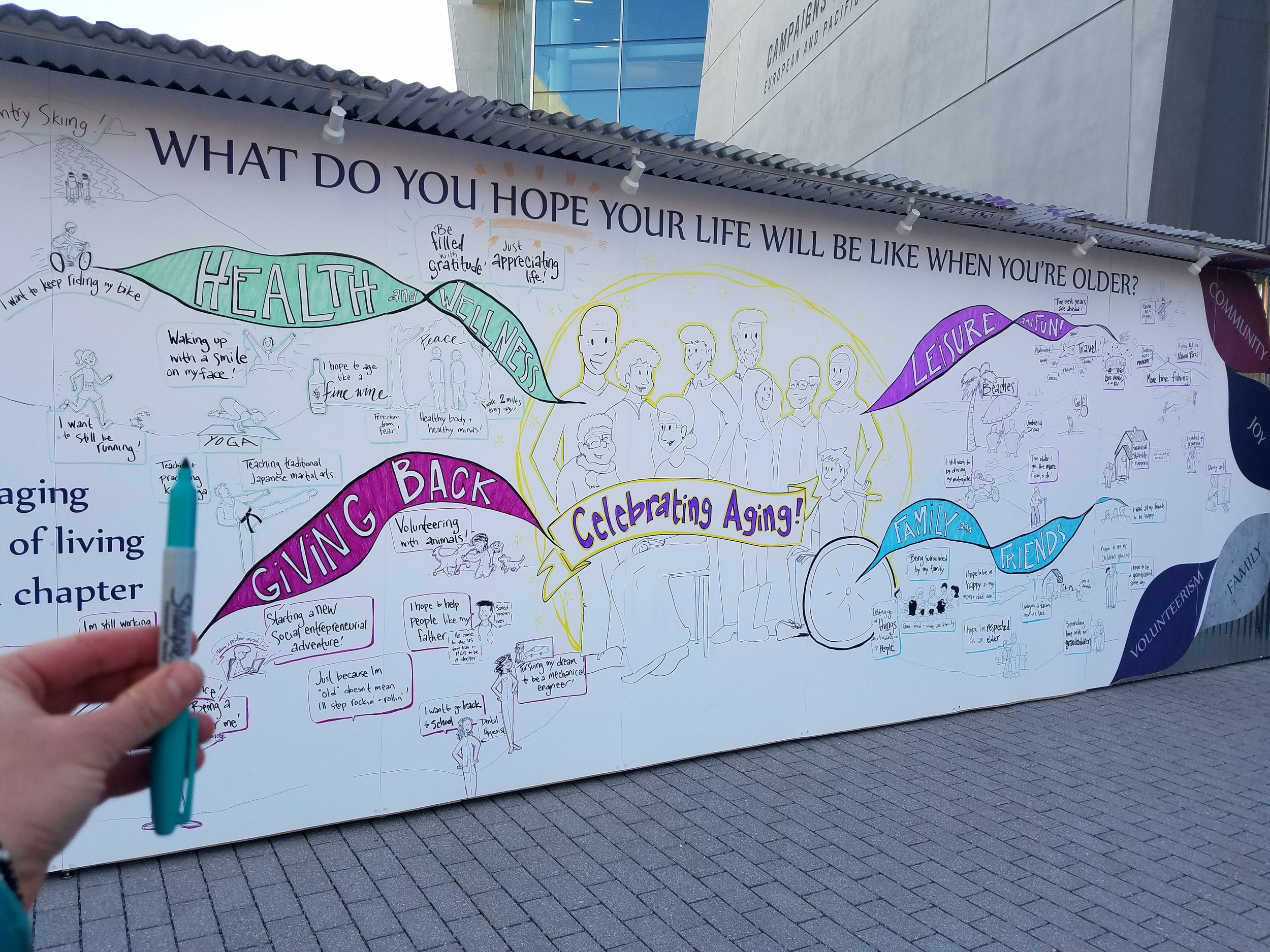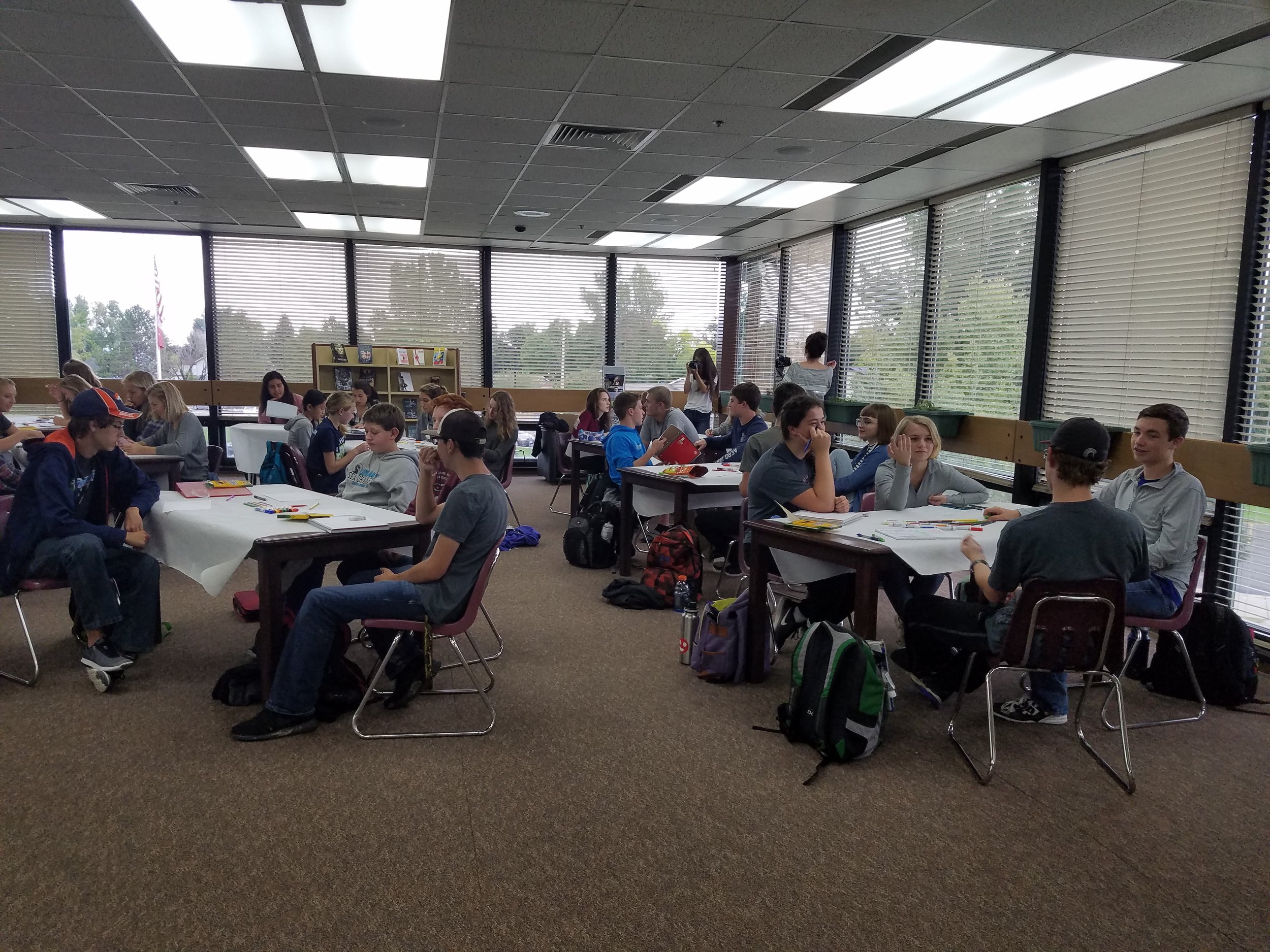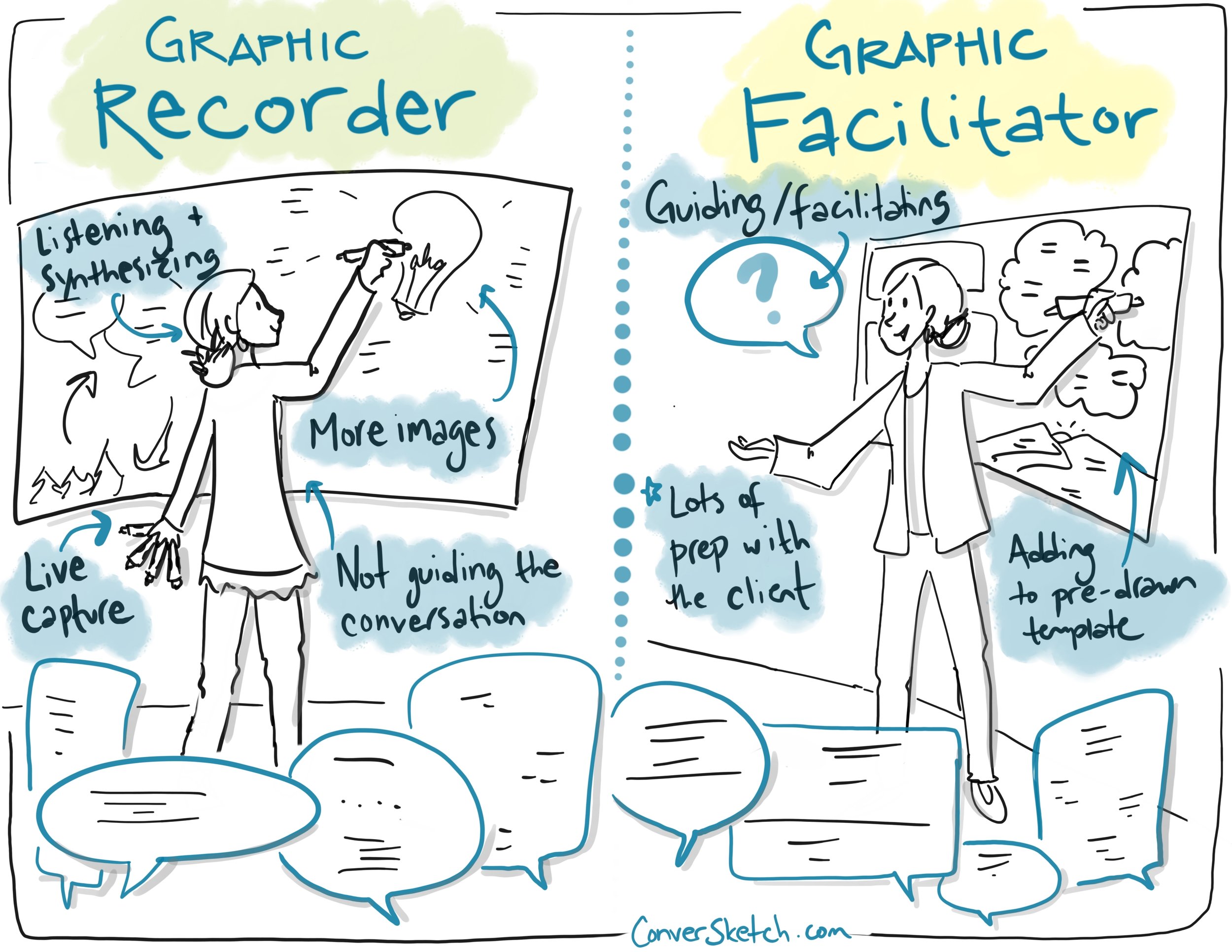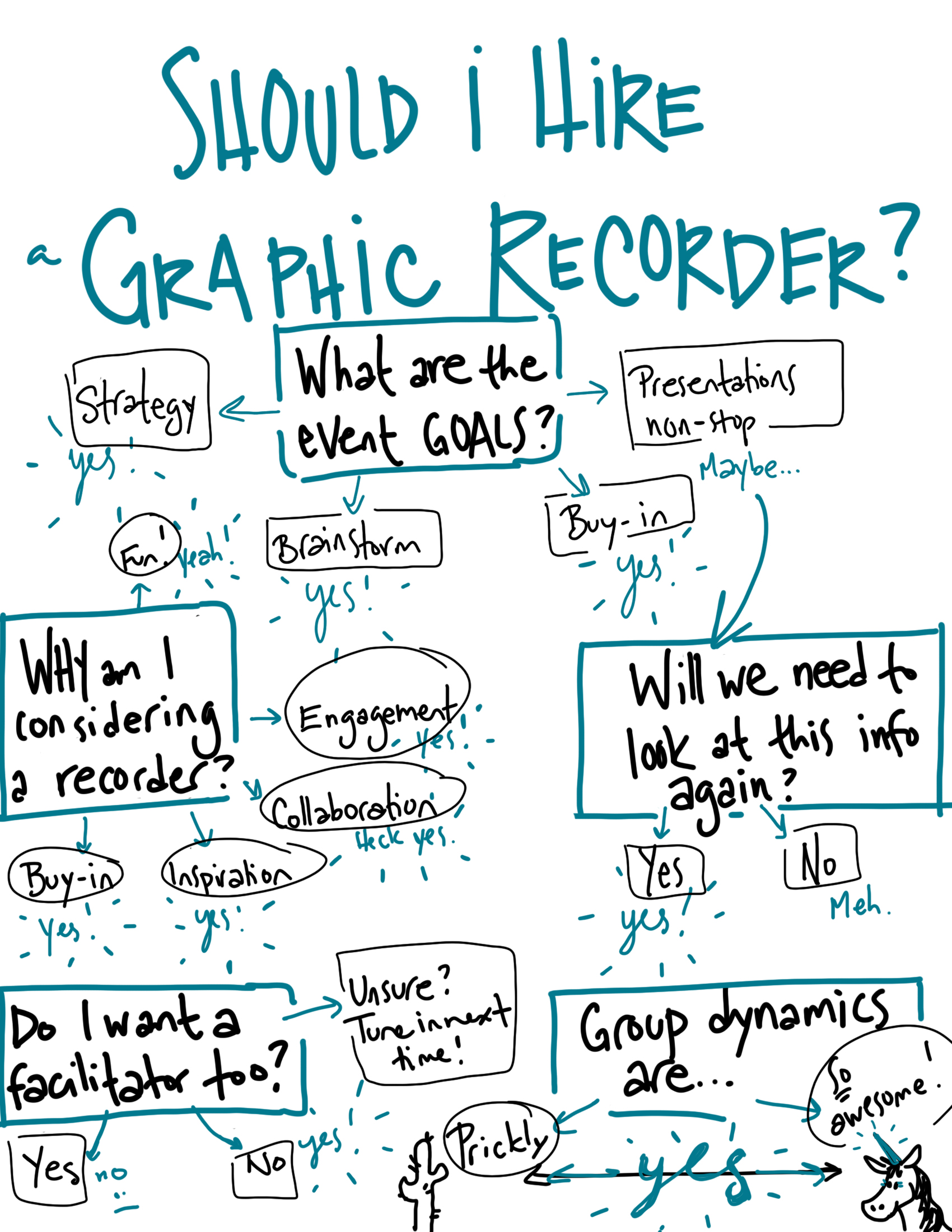Hey!
Have you ever noticed sometimes it’s just easier to be creative with specific supplies? What I mean is, have you ever tried starting a project on the computer, but it just hasn’t made sense until you picked up a pencil and started sketching or writing by hand?
Last week I learned about a podcast called “Hurry Slowly” from Jocelyn K. Glei. When I saw one of the episodes was an interview with Austin Kleon, I had to listen.
The whole 45-minute conversation is worth a listen if you find yourself interested in art, creative process, the role of movement in creativity, and design. If, however, you only have a few moments and I’m lucky to have gotten you to even open this email, here’s a quote that eloquently summarizes the phenomenon I mentioned up there at the top:
“The notebook is the place where you figure out what’s going on inside you or what’s rattling around. And then, the keyboard is the place that you go to tell people about it.”
How do you think best? What sparks your creative flow? What tools do you use that really bring you to a space that facilitates joyful creation?
For me, it’s a handful of markers and a massive sheet of paper. The large scale helps me feel open to make connections and include all the ideas floating around, make connections, then pick the direction I want to focus in on.
What about you?
Once again, thank you from my heart and soul for your support, great senses of humor, brilliant minds, collaboration and what you're each doing to make the world a better place.
Cheers, Karina
Need a couple of helping hands (and markers) to get your creative process flowing? Let’s talk about your ideas.
Where in the World is ConverSketch?
New Mexico - Two weeks ago I graphic recorded for the New Mexico Breastfeeding Task Force. Healthcare professionals from clinics and hospitals around the state shared about how to support new moms and babies to be healthy starting from that very first hour.
Vacation Time! I took last week almost entirely off and enjoyed hot sprints, mountain biking, and thanksgiving with loved ones.



























